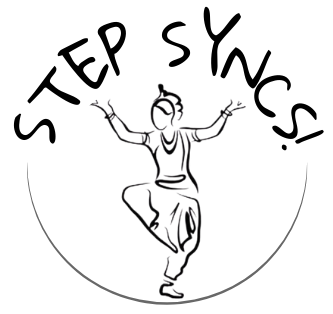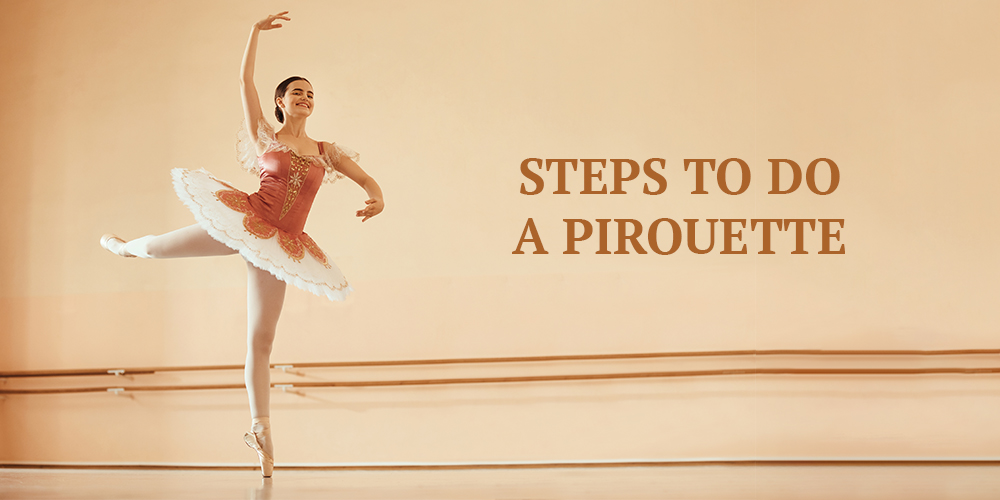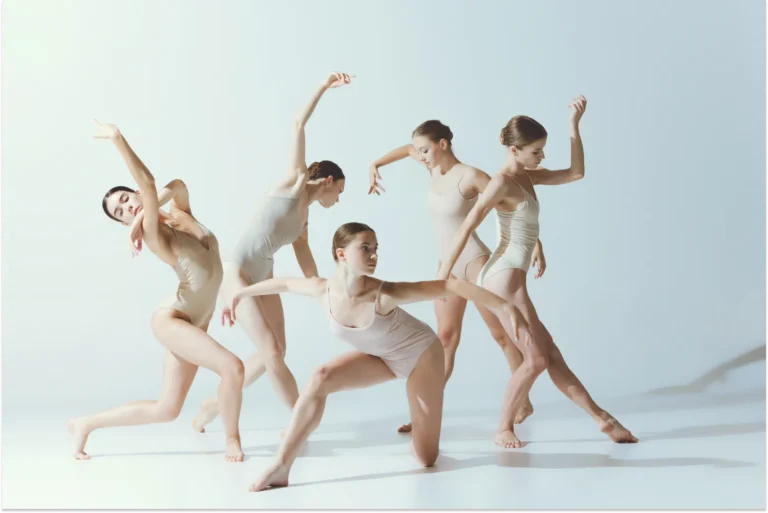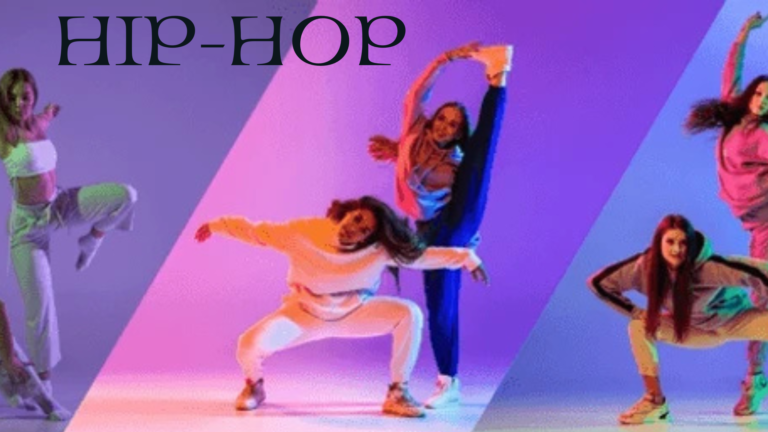Ballet is often celebrated for its elegance and beauty, but behind its graceful movements lies incredible strength. Ballet dancers make seemingly impossible feats look effortless, but each jump, turn, and extension is the result of rigorous training and impressive physical power. This blog will explore the strength that underpins ballet, from the muscles used in movement to the mental resilience it requires. Ballet is more than an art form; it’s a demanding discipline that transforms the body and mind in remarkable ways.
Building Physical Strength in Ballet
While ballet is renowned for its aesthetics, it is also one of the most physically challenging dance forms. Every ballet dancer must build strength, particularly in the legs, core, and upper body, to execute the movements gracefully and effectively. Here’s how strength manifests in ballet:
- Leg Strength: Ballet’s signature moves – pliés, jumps, and turns – require strong legs. Dancers develop powerful calves, thighs, and glutes through constant repetition of steps, ensuring stability in movements and softness in landing. Exercises like pliés, relevés, and tendus build endurance in the legs, essential for dynamic moves like grand jetés and high leaps.
- Core Strength: The core is the anchor of every ballet movement. Strong abdominal and back muscles enable dancers to stay balanced on one leg, hold extensions, and maintain posture during turns. The core allows for fluid transitions and is critical for advanced techniques like pirouettes and adagio, where balance and control are everything.
- Foot and Ankle Strength: Ballet dancers spend extensive time training on their feet, especially in pointe work, where they balance on the very tips of their toes. Building foot and ankle strength is essential for stability and preventing injury. Dancers work tirelessly to strengthen these areas, which are crucial for lifting off the ground, holding balances, and supporting the body during turns and jumps.
- Upper Body and Arm Strength: Ballet dancers hold their arms gracefully while maintaining tension through the shoulders and upper back. The arms aren’t just decorative; they help with balance, enhance movement expression, and contribute to overall body coordination. Lifts, like those seen in pas de deux, require dancers to develop impressive upper body strength to support their partner with poise.
Mental Resilience: The Unseen Strength
The mental strength required in ballet is often underestimated. Ballet dancers endure long hours of training, repetitive practice, and the constant challenge of perfecting their technique. Here’s how mental resilience plays a crucial role:
- Focus and Discipline: Ballet demands intense concentration and discipline. Dancers practice the same movements repeatedly to perfect every detail, from finger placement to foot angles. The mental endurance developed through this repetitive, focused work translates to patience, precision, and resilience on and off the dance floor.
- Pain Tolerance: Ballet can be physically taxing, and dancers often push through discomfort to reach their goals. Pointe work, in particular, can be painful, requiring dancers to manage pain with skill and dedication. This tolerance builds resilience, teaching dancers how to overcome challenges and maintain composure even under difficult conditions.
- Adaptability and Creativity: Ballet training often includes learning choreographies on the spot or adapting movements. This requires mental flexibility and creativity, helping dancers stay calm under pressure and adjust their techniques as needed. It’s a skill that enhances their artistry, making each performance unique and alive.
- Emotional Strength: Ballet is an expressive art form, and dancers must convey emotion through every movement. Whether it’s joy, sorrow, or triumph, dancers channel their own experiences and emotions into their performances, which takes emotional vulnerability and resilience.
Benefits of Ballet Strength
Ballet strength offers a range of benefits, including:
- Physical Fitness: Ballet builds muscle tone, flexibility, and endurance, improving overall health and wellness.
- Posture and Grace: The alignment and core strength learned in ballet translate into better posture and graceful movement in everyday life.
- Confidence: Ballet’s physical demands help dancers cultivate body awareness and confidence, as they learn to understand and push the limits of their physical abilities.
How Ballet Dancers Build Strength
Strength in ballet is built through a combination of specific exercises, technique training, and cross-training. Barre exercises like pliés, tendus, and dégagés target muscle groups essential for ballet, while conditioning exercises like Pilates and yoga help with core stability and flexibility. Dancers often incorporate strength training, focusing on low-weight, high-repetition workouts to build muscle endurance without sacrificing flexibility. Cross-training supports injury prevention, enhances endurance, and ensures a balanced approach to strength-building.
The Power in Performance
When dancers perform, the strength they’ve developed through years of training is showcased. The audience may see only the fluidity and grace, but each movement reflects hours of conditioning, technical mastery, and mental resilience. Whether it’s a powerful leap across the stage or a gentle, controlled extension, the strength in ballet is evident in every move.
Why Ballet’s Strength is Inspiring
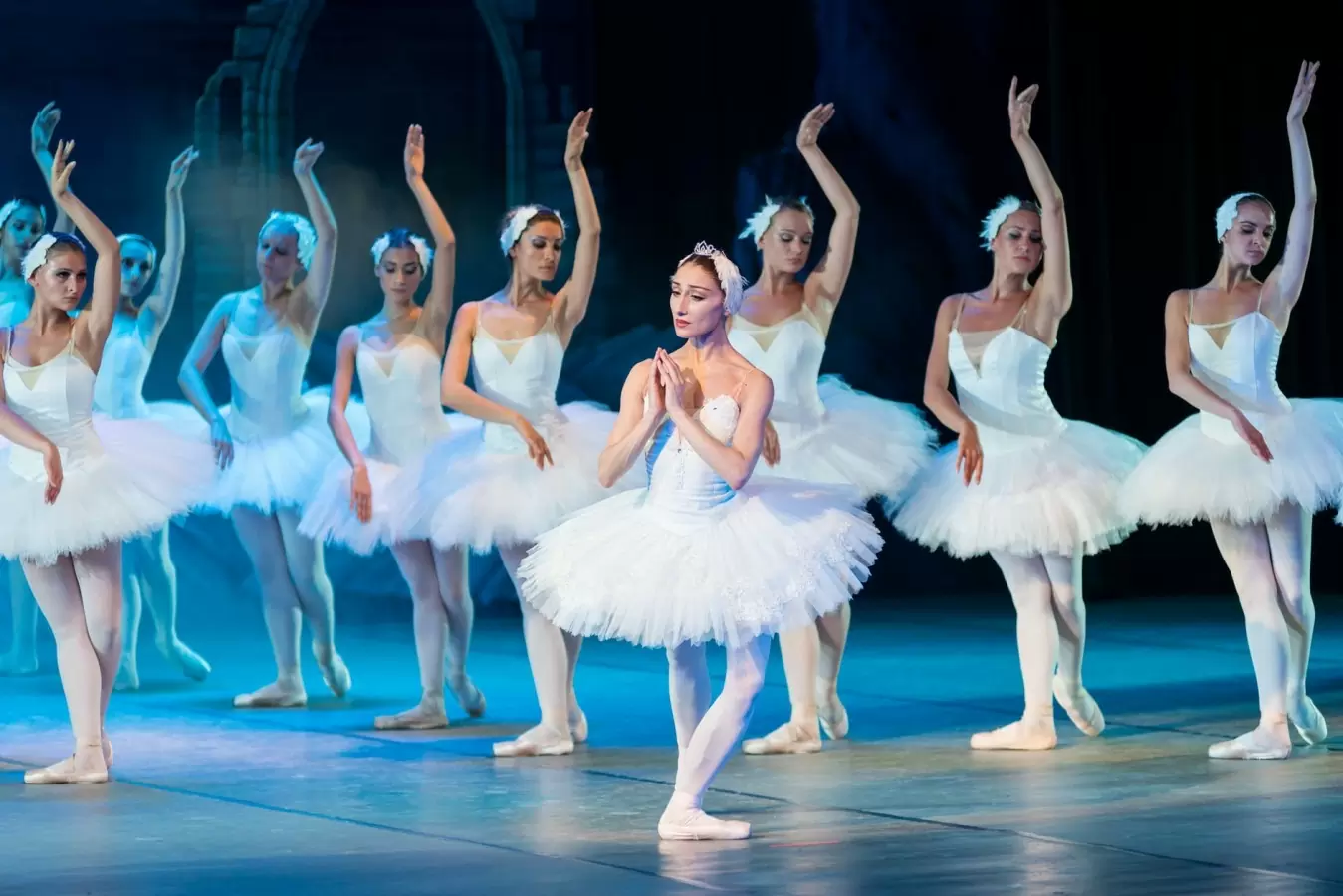
Ballet dancers make strength look beautiful. They defy expectations of what the human body can do, balancing strength with elegance in a way few other forms can achieve. For anyone who practices or admires ballet, witnessing this blend of physical and mental strength is incredibly inspiring. Ballet strength is a reminder that true grace requires hard work, dedication, and resilience.
